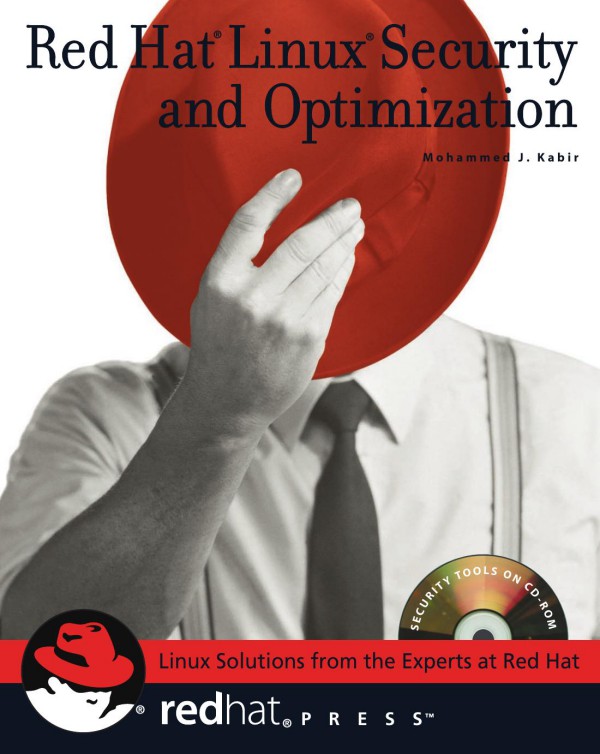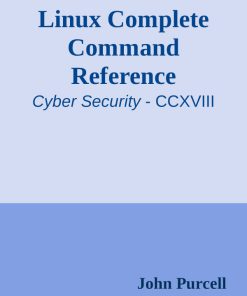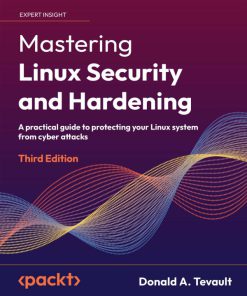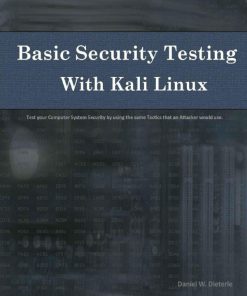Red Hat Linux Security and Optimization 1st edition by Mohammed Kabir ISBN 0764547542 9780764547546
Original price was: $50.00.$25.00Current price is: $25.00.
Authors:Mohammed J. Kabir , Series:Cyber Security [201] , Tags:Computers; Operating Systems; General; Unix; Security; Red Hat® Linux® Security and Optimization , Author sort:Kabir, Mohammed J. , Ids:Google; 9780764547546 , Languages:Languages:eng , Published:Published:May 2002 , Publisher:Wiley , Comments:Comments:Red Hat Linux Security and Optimization is a reference for power-users and administrators covering all security issues, including Filesystems Security, Securing root accounts and Firewalls. Other Security books talk about how to apply certain patches to fix a security problem — but this book shows you how to secure all applications so that the chances for a security breach are automatically minimized. Application performance benchmarking will also be covered. This book introduces you to many application-specific performance and benchmarking techniques and shows you how to tune your computer as well as your networks. This book covers all the primary Red Hat Linux Applications such as Apache Web Server, WuFTP, FTP server, BIND DNS server, Sendmail SMTP server and focuses on how to enhance security for each of them. It also shows you how to secure NFS and Samba Server, as well as the Apache Web Server.













